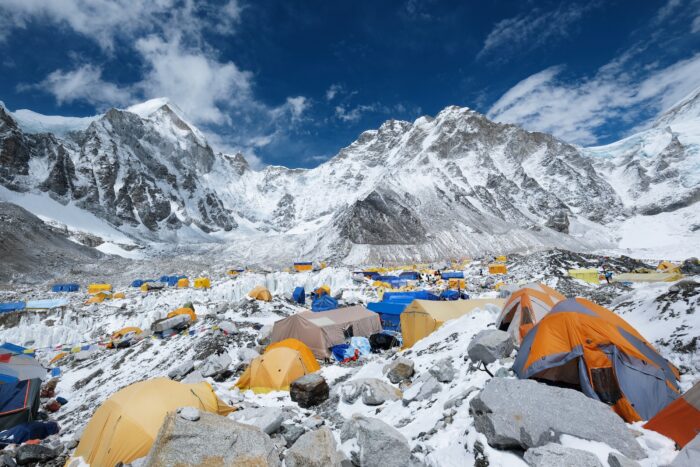Climbing grades differ by region or even by crag within the same area. Some routes or boulders may be graded by the hardest move, while others feel like they factor in rests. Ultimately, the grade boils down to the perception of the technical difficulty, steepness, and effort needed to clip the chains.
Climbers have done their best to keep grading consistent by crowdsourcing the “final” grade. The first ascensionist assigns a grade, but repeats can move that grade down (downgrading) or up (upgrading). Essentially, this relies on larger sample sizes to create more validity.
To add to the inconsistency, there are several grading systems at play, and converting between them doesn’t always feel right. Americans use the Yosemite Decimal System (YDS) for routes. Europe subscribes to the French grading system. There are also Australian and British systems. Throw in differences in physique between climbers and the conditions, and it makes accepted consensus grades seem low percentage.
But in the last few years, an entirely new system has quietly gained momentum among climbers worldwide. And I’ve come to appreciate the data-driven focus behind it. French route setters and climbers in Grenoble, France, used their strong backgrounds in math and programming to devise a more systematic grading system in 2022: Darth Grader.
The goal was to break climbs and boulders into sections and rests. Then, an algorithm would assign the total route grade more accurately. While these section and rest ratings are still subjective, the Darth Grader calculator shrinks the subjectivity to smaller sections.
Proponents of the system claim it provides the most objective grade possible for something that cannot avoid subjectivity.

Issues With Climbing Grades
The creators of Darth Grader state that there are two main sources of cognitive biases when grading a route. These usually lead to overestimation or underestimation of difficulty.
The first is that when climbing at your absolute limit, any slight addition to that difficulty seems exponentially harder. The opposite can also be true; climbing routes well below your redpoint grade can seem overly easy.
For example, a 5.11 climber might feel a 5.12a is more difficult than the grade. Meanwhile, a 5.13 climber on the same route may feel that it’s easier than the grade. And the same climber may feel that route is harder or easier based on the current fitness level or conditions.
The second cognitive bias the Darth Grader founders discovered owes to the emotional investment climbers might attach to redpointing a project (leading a route without any artificial aids).
Maybe you’ve spent months or even years on a route, and you’ve traveled a long distance every season to do so. When you finally clip the anchors, it would be hard not to inflate the grade to justify the extreme efforts.
How Darth Grader Can Help

Darth Grader Caveats
Does Darth Grader Work?
Darth Grader Rating System: Final Thoughts











